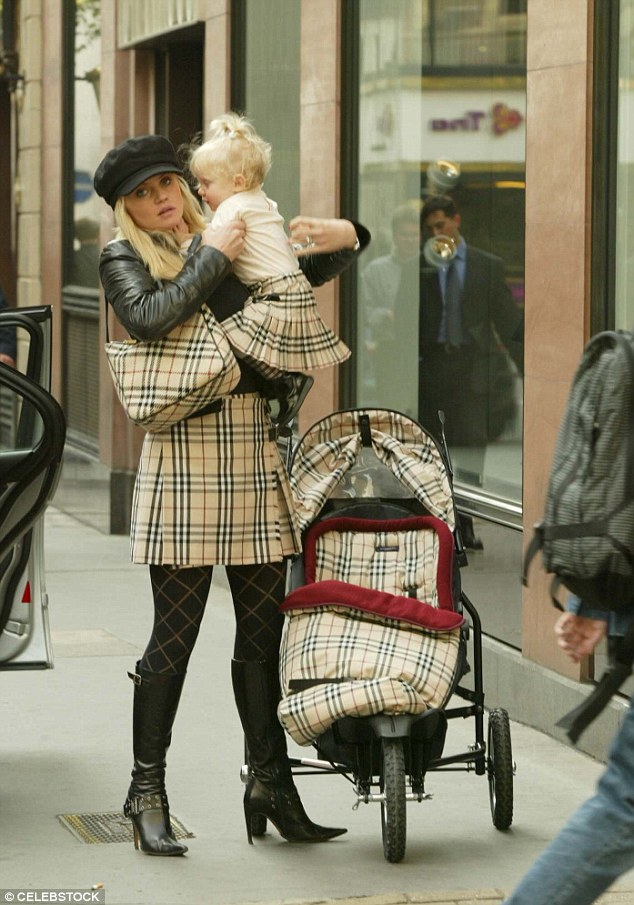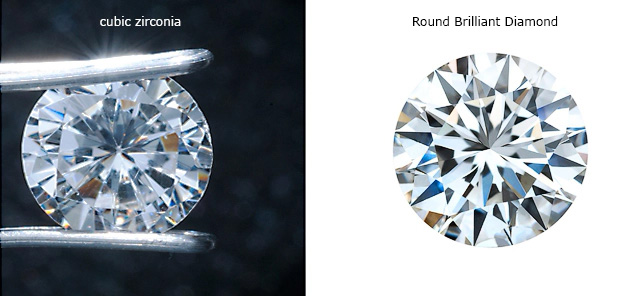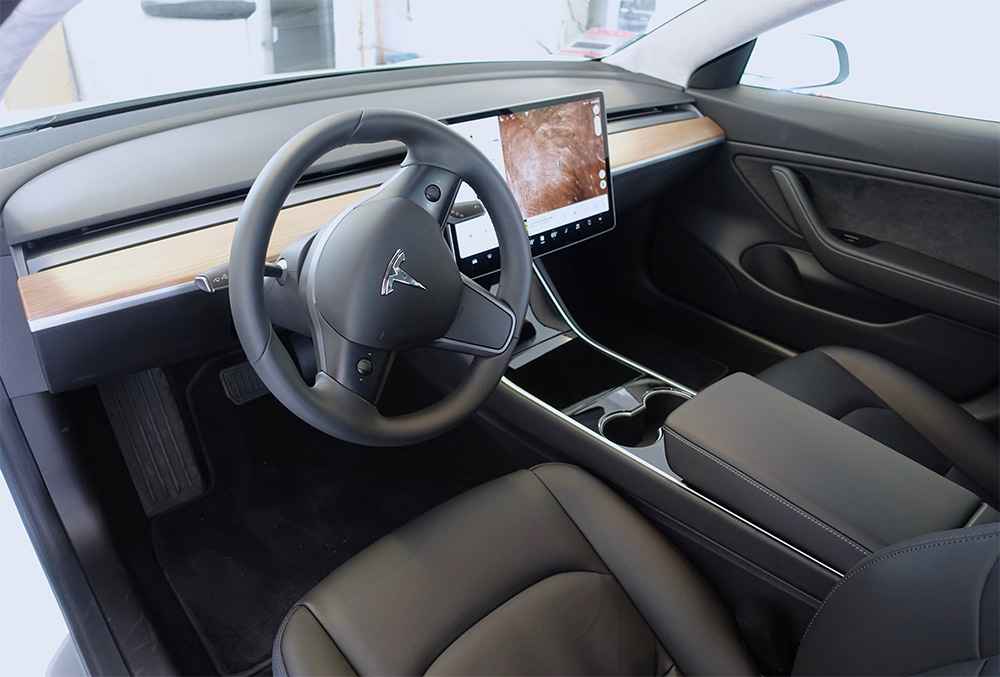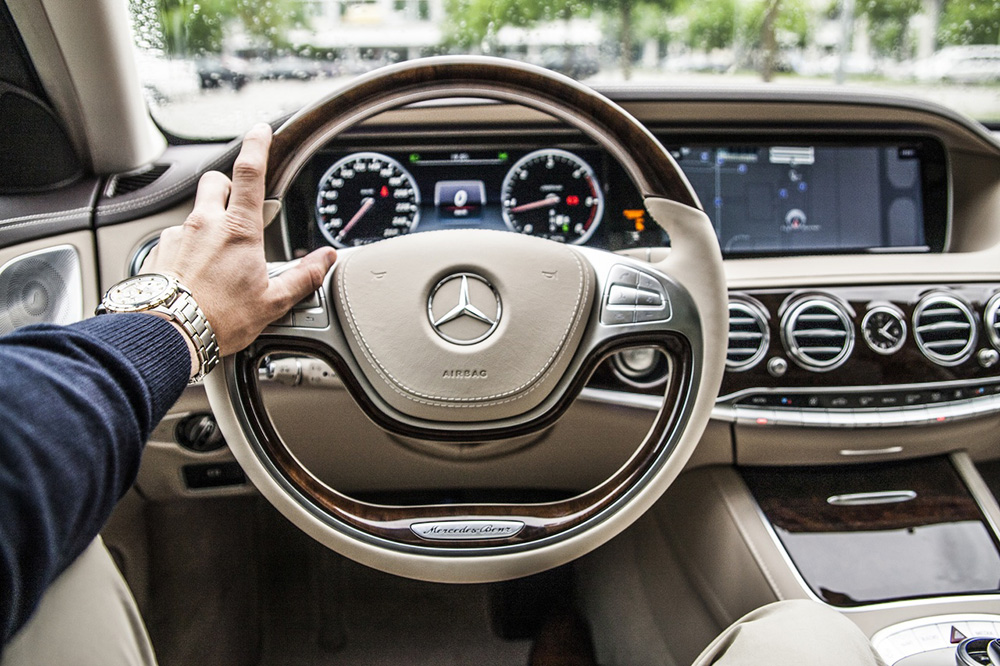




There has never been a time when people could easily live outside of a social class. In the past there was only the upper, rich Bourgeoise class and the lower, poor working class, which then merged slightly over time with the rise of equality, creating what we now know as the middle class. Now our postmodern world has blurred the distinctions between social classes as shown by the BBC's Great British Class Survey in 2011, which found seven distinct classes in the UK's population. But even though our sense of social identity has diminished, we as humans must still find ways to prove our worth. The economist and sociologist Thorstein Veblen said as far back as 1899 that "In order to stand well in the eyes of the community, it is necessary to come up to a certain, somewhat indefinite, conventional standard of wealth." This still seems to ring true in a world where different social groups express their social status in more ways than just wealth. Now more than ever we express ourselves through what we consume.

The term 'Conspicuous Consumption' was coined by Veblen in 1899 (The Theory of the Leisure Class, T. Veblen) and refers to the flaunting of wealth by the upper class, which is most clearly shown in large estates and property. Evidence of this still exists today, such as Penrhyn Castle in North Wales, a country house built off the back of slavery and slate mining in 1837 and full of expensive artwork and d?cor which served no useful purpose. Conspicuous consumption still exists today, as documented by the 'Rich Kids of Instagram' blog, which contains the description of "They have more money than you and this is what they do", and contains photo after photo of the lavish lifestyles of the rich and famous. One set of familiar faces in this wealth of images is the Kardashian family, famous for their inheritance and their wasteful lifestyle. This modern kind of conspicuous consumption not only serves as a reminder of their wealth, but also encourages people to aspire to this level of social superiority. After all, who wouldn't aspire to be upper class when one can spend half their life trying to build up savings that can give security, freedom and fame?
Modern brand advertising often includes images of celebrities using their product to suggest that the user will be somehow catapulted into this same social class if they were to use that product. They have frequently come under fire for their more controversial ways of selling products, such as sexualisation. In 2015 the Advertising Standards Authority (ASA) ruled that clothing brand American Apparel must remove an image which sexualised a girl who appeared to be 16 years old. This type of advertising can only serve to build a particular image in the consumer's mind - that this product will change the way that people perceive you, that having good enough taste to buy into this brand will somehow make you beautiful. By repeating this behaviour what we see is that these signs have become what Veblen calls a "constraining norm selectively shaping and sustaining our sense of what is beautiful." French semiotician Jean Baudrillard also commented on this behaviour, saying that "The bastard form of mass culture is humiliated repetition... always new books, new programmes, new films, news items, but always the same meaning." And that meaning is: That spending is good, and spending more is better.

This reification of these Bourgeoise standards has now led to emulation amongst lower classes. When Eastenders' own Danniella Westbrook was photographed wearing head-to-toe Burberry in 2002 she may have been showing her attempt at social mobility. Certainly 'bling' and knock-offs of expensive products are supposed to be a sign of good taste and thus social superiority. But what about Westbrook? Her outfit showed the upper class that others had caught up and it was time for them to move on. It also led many to see Burberry as some joke, as if it were something that would instantly show how marvellous one's taste was. At the time the 'chav' stereotype was popular, which often depicted feckless and jobless working class people wearing full Burberry. This negative and na?ve depiction did nothing to help those at the tail-end of society.

What is rather ironic about this emulation of the working class is that it would likely not exist if it wasn't for the conspicuous consumption of the wealthier. And in turn, this emulation is something that the wealthy would probably rather didn't happen since it requires them to find something else to stand out from the crowd. If high-end products can be recreated so cheaply then how else can people flaunt their fortune? It seems that when the look of precious materials can be copied, the authenticity of these items has to be proven. Perhaps the difference between designs and copies is only important to people who believe they have the expertise, or high standards, to differentiate. Ascot Diamonds provides a handy webpage that informs the public on how to tell if a diamond is real or not - none of which are particularly noticeable by the naked eye - including breathing on the stone because "If the stone is a fake diamond the top will stay foggy for a few seconds longer." And so it's not just the appearance of a diamond that makes it appealing to the upper class, but also the knowledge that it is real.


And what about wealthy people who don't like diamonds and embellishments? Tesla's Model 3 will be the 2017 model of its electric car range, starting at a whopping USD $35,000. Usually, the interior of this type of car would be designed to look like a comfortable stately home, such as the Mercedes S-Class interior in which amongst the wood panelling and leather a log fire wouldn't look too out of place. But the Tesla is one of the first cars in its price range to ditch the skeuomorphic, backward-looking look of typical expensive cars and opt for a minimalist one instead. All unnecessary stylistic features and buttons have been moved to the touch display, leaving no distractions and just a simple curving form. Although the car has not been released, 500,000 pre-orders suggest that this is a popular design decision, even at this price. On the other end of the spectrum is the new trend of what might be called anti-conspicuous consumption. Kanye West's new Yeezy clothing line was described by the Daily Mail as "fine if you want to look like you've forgotten to get dressed"(2015). Looking at the ?639 'Bomber Jacket' on sale at End it would be easy to assume that you'd somehow ended up in some war-torn post-apocalyptic world. This also seems contrary to the tradition of letting others know how much money you have - but perhaps that's the point. Are the rich ashamed of their public image and trying to hide their wealth behind camouflaged jackets? Or it could be that by giving themselves a look of suffering they believe that others will see them as authentic people who have suffered to get where they are today.
So could it be that we are seeing a movement away from conspicuous consumption, and instead towards a future where people spend money on personal experiences instead? With high-end brands such as Burberry becoming a household joke and the overspending of the wealthy made public knowledge through social media, it certainly seems as if it could go this way. Although the rich are getting richer and inequality is still a huge problem globally, the traditional class system is beginning to fragment and people are finding themselves in niche social groups regardless of their upbringing. People are now spending vast swathes of money on minimalistic designs, as well as clothes that make you look poor. Perhaps then, for better or for worse, we are heading towards a future where nobody can tell the difference between rich and poor.

The term 'Conspicuous Consumption' was coined by Veblen in 1899 (The Theory of the Leisure Class, T. Veblen) and refers to the flaunting of wealth by the upper class, which is most clearly shown in large estates and property. Evidence of this still exists today, such as Penrhyn Castle in North Wales, a country house built off the back of slavery and slate mining in 1837 and full of expensive artwork and d?cor which served no useful purpose. Conspicuous consumption still exists today, as documented by the 'Rich Kids of Instagram' blog, which contains the description of "They have more money than you and this is what they do", and contains photo after photo of the lavish lifestyles of the rich and famous. One set of familiar faces in this wealth of images is the Kardashian family, famous for their inheritance and their wasteful lifestyle. This modern kind of conspicuous consumption not only serves as a reminder of their wealth, but also encourages people to aspire to this level of social superiority. After all, who wouldn't aspire to be upper class when one can spend half their life trying to build up savings that can give security, freedom and fame?
Modern brand advertising often includes images of celebrities using their product to suggest that the user will be somehow catapulted into this same social class if they were to use that product. They have frequently come under fire for their more controversial ways of selling products, such as sexualisation. In 2015 the Advertising Standards Authority (ASA) ruled that clothing brand American Apparel must remove an image which sexualised a girl who appeared to be 16 years old. This type of advertising can only serve to build a particular image in the consumer's mind - that this product will change the way that people perceive you, that having good enough taste to buy into this brand will somehow make you beautiful. By repeating this behaviour what we see is that these signs have become what Veblen calls a "constraining norm selectively shaping and sustaining our sense of what is beautiful." French semiotician Jean Baudrillard also commented on this behaviour, saying that "The bastard form of mass culture is humiliated repetition... always new books, new programmes, new films, news items, but always the same meaning." And that meaning is: That spending is good, and spending more is better.

This reification of these Bourgeoise standards has now led to emulation amongst lower classes. When Eastenders' own Danniella Westbrook was photographed wearing head-to-toe Burberry in 2002 she may have been showing her attempt at social mobility. Certainly 'bling' and knock-offs of expensive products are supposed to be a sign of good taste and thus social superiority. But what about Westbrook? Her outfit showed the upper class that others had caught up and it was time for them to move on. It also led many to see Burberry as some joke, as if it were something that would instantly show how marvellous one's taste was. At the time the 'chav' stereotype was popular, which often depicted feckless and jobless working class people wearing full Burberry. This negative and na?ve depiction did nothing to help those at the tail-end of society.

What is rather ironic about this emulation of the working class is that it would likely not exist if it wasn't for the conspicuous consumption of the wealthier. And in turn, this emulation is something that the wealthy would probably rather didn't happen since it requires them to find something else to stand out from the crowd. If high-end products can be recreated so cheaply then how else can people flaunt their fortune? It seems that when the look of precious materials can be copied, the authenticity of these items has to be proven. Perhaps the difference between designs and copies is only important to people who believe they have the expertise, or high standards, to differentiate. Ascot Diamonds provides a handy webpage that informs the public on how to tell if a diamond is real or not - none of which are particularly noticeable by the naked eye - including breathing on the stone because "If the stone is a fake diamond the top will stay foggy for a few seconds longer." And so it's not just the appearance of a diamond that makes it appealing to the upper class, but also the knowledge that it is real.


And what about wealthy people who don't like diamonds and embellishments? Tesla's Model 3 will be the 2017 model of its electric car range, starting at a whopping USD $35,000. Usually, the interior of this type of car would be designed to look like a comfortable stately home, such as the Mercedes S-Class interior in which amongst the wood panelling and leather a log fire wouldn't look too out of place. But the Tesla is one of the first cars in its price range to ditch the skeuomorphic, backward-looking look of typical expensive cars and opt for a minimalist one instead. All unnecessary stylistic features and buttons have been moved to the touch display, leaving no distractions and just a simple curving form. Although the car has not been released, 500,000 pre-orders suggest that this is a popular design decision, even at this price. On the other end of the spectrum is the new trend of what might be called anti-conspicuous consumption. Kanye West's new Yeezy clothing line was described by the Daily Mail as "fine if you want to look like you've forgotten to get dressed"(2015). Looking at the ?639 'Bomber Jacket' on sale at End it would be easy to assume that you'd somehow ended up in some war-torn post-apocalyptic world. This also seems contrary to the tradition of letting others know how much money you have - but perhaps that's the point. Are the rich ashamed of their public image and trying to hide their wealth behind camouflaged jackets? Or it could be that by giving themselves a look of suffering they believe that others will see them as authentic people who have suffered to get where they are today.
So could it be that we are seeing a movement away from conspicuous consumption, and instead towards a future where people spend money on personal experiences instead? With high-end brands such as Burberry becoming a household joke and the overspending of the wealthy made public knowledge through social media, it certainly seems as if it could go this way. Although the rich are getting richer and inequality is still a huge problem globally, the traditional class system is beginning to fragment and people are finding themselves in niche social groups regardless of their upbringing. People are now spending vast swathes of money on minimalistic designs, as well as clothes that make you look poor. Perhaps then, for better or for worse, we are heading towards a future where nobody can tell the difference between rich and poor.
Year
2017Type
research, essay, design,Further Reading
The Theory of the Leisure Class, T. Veblen, 1899BBC Labs Class Survey, January 2011
Rich Kids of Instagram
'American Apparel gets another ad banned by advertising watchdog for sexualising children', The Independent, 2015
Ascot Diamonds
'Kanye's clothes... just fine if you want to look like you've forgotten to get dressed', The Daily Mail, 2015
Feeling lucky? Click me for a random idea!
© Owen Pickering 2022